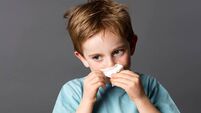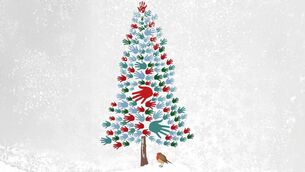Red flags to look out for in your child's health

Being aware of the ‘red flags’ for some of the most common childhood ailments puts you in the best position for early diagnosis and better outcomes. Pic: iStock
- “Parents might explain it away — it’s a hot day, they’ve been exercising. Pay attention: Are they drinking more? Is their water bottle constantly refilled?”;
- Tiredness and lethargy, falling asleep where they wouldn’t have before;
- Unintentional weight loss;
- “They’re going to the toilet a lot, peeing large volumes, getting up at night. A previously toilet-trained child starts wetting the bed. A younger child has very wet nappies — they’re bursting or leaking at night.”

- “Anything over 38C is abnormal, 39C is more concerning, as is persistent high temperature”;
- “Older children won’t eat when ill, but watch out for dry lips and not urinating — signs of dehydration”;
- “Children will be lethargic, won’t want to play”;
- “Pale or slightly blue tinge is a sign of respiratory distress.”

- Loss of weight, sickness, nausea;
- Appearance: might look pale or have swollen tummy;
- Discomfort: persistent pain, new limp, slow recovery after injury;
- You are concerned: you know your child better than anyone;
- Bleeding, excessive bruising, blood in urine;
- Irritability, constant exhaustion;
- Recurrent high temperature, night sweats;
- Disturbance in vision, new squint, headaches, unusual white appearance of the pupils (eyes) in photos;
- Swelling or lump that is persistent. Unusually early or late puberty.










